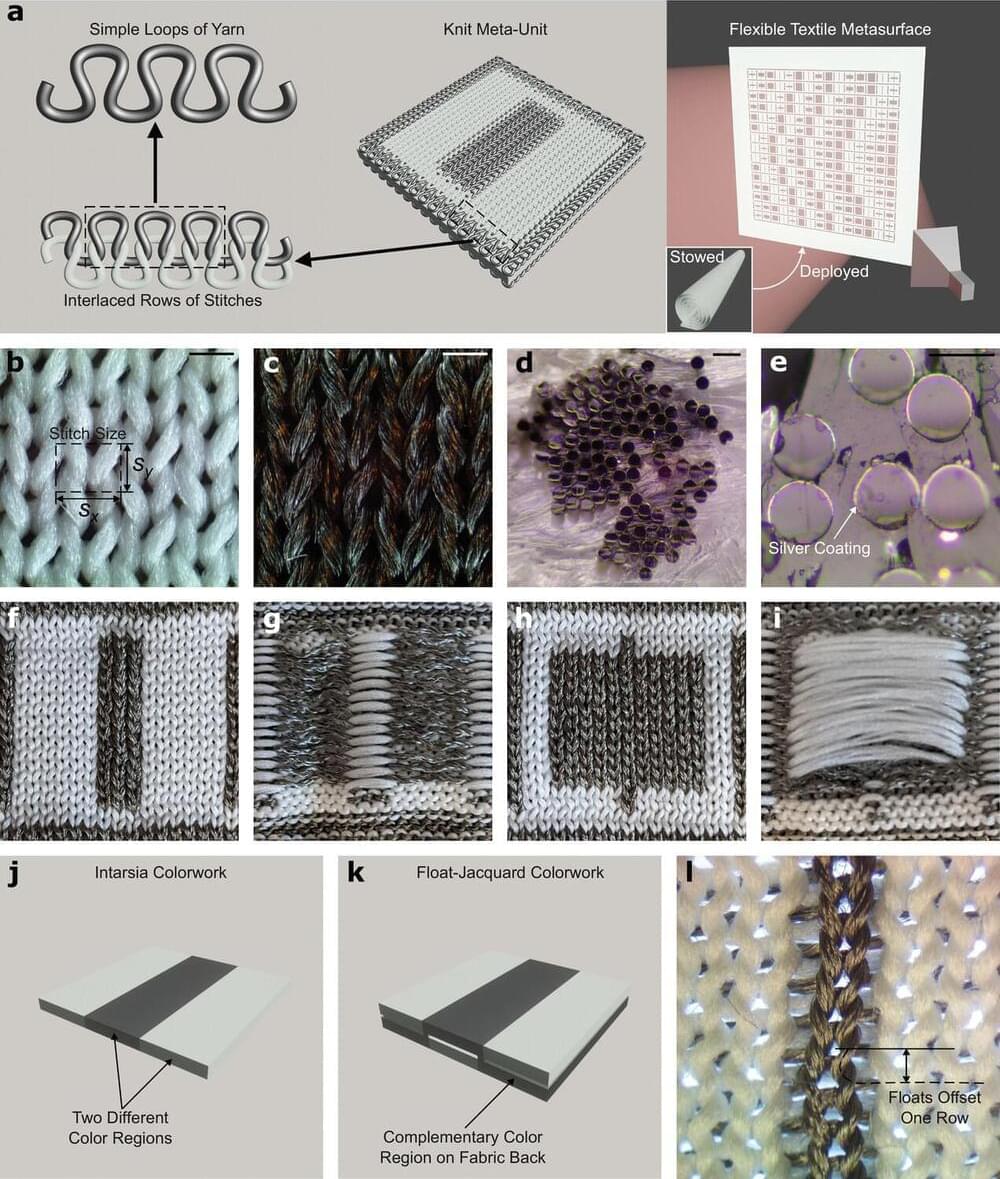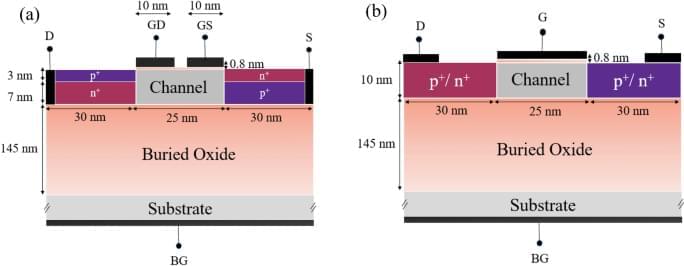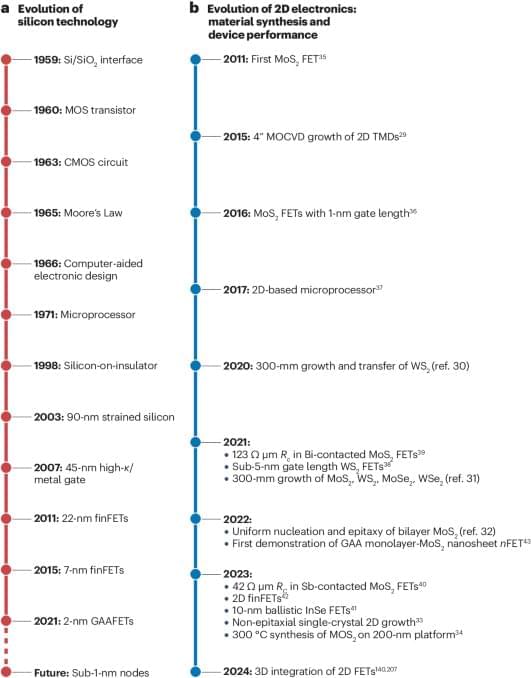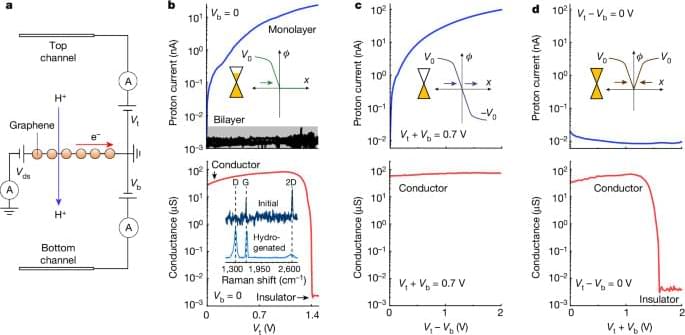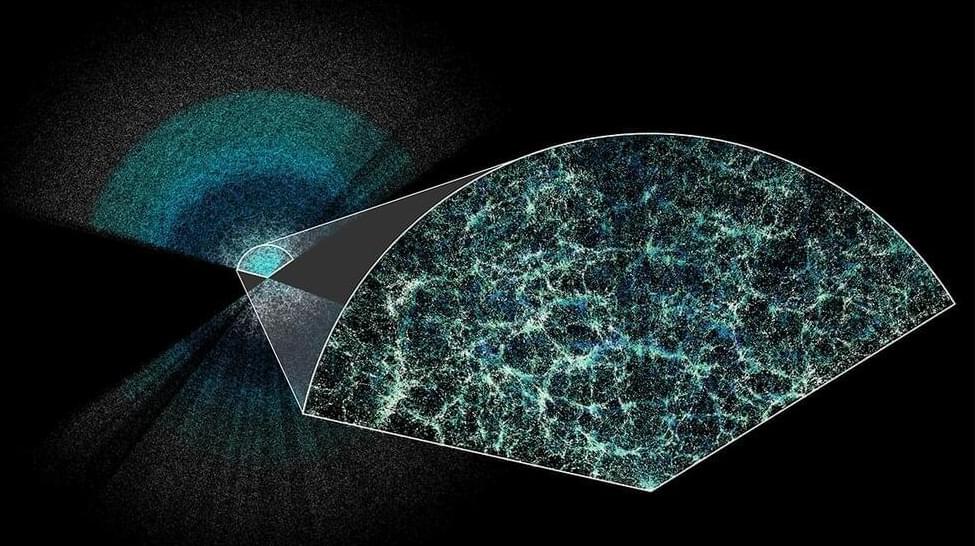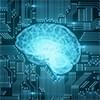
Computers have come so far in terms of their power and potential, rivaling and even eclipsing human brains in their ability to store and crunch data, make predictions and communicate. But there is one domain where human brains continue to dominate: energy efficiency.
“The most efficient computers are still approximately four orders of magnitude — that’s 10,000 times — higher in energy requirements compared to the human brain for specific tasks such as image processing and recognition, although they outperform the brain in tasks like mathematical calculations,” said UC Santa Barbara electrical and computer engineering Professor Kaustav Banerjee, a world expert in the realm of nanoelectronics. “Making computers more energy efficient is crucial because the worldwide energy consumption by on-chip electronics stands at #4 in the global rankings of nation-wise energy consumption, and it is increasing exponentially each year, fueled by applications such as artificial intelligence.” Additionally, he said, the problem of energy inefficient computing is particularly pressing in the context of global warming, “highlighting the urgent need to develop more energy-efficient computing technologies.”
Neuromorphic computing has emerged as a promising way to bridge the energy efficiency gap. By mimicking the structure and operations of the human brain, where processing occurs in parallel across an array of low power-consuming neurons, it may be possible to approach brain-like energy efficiency.

